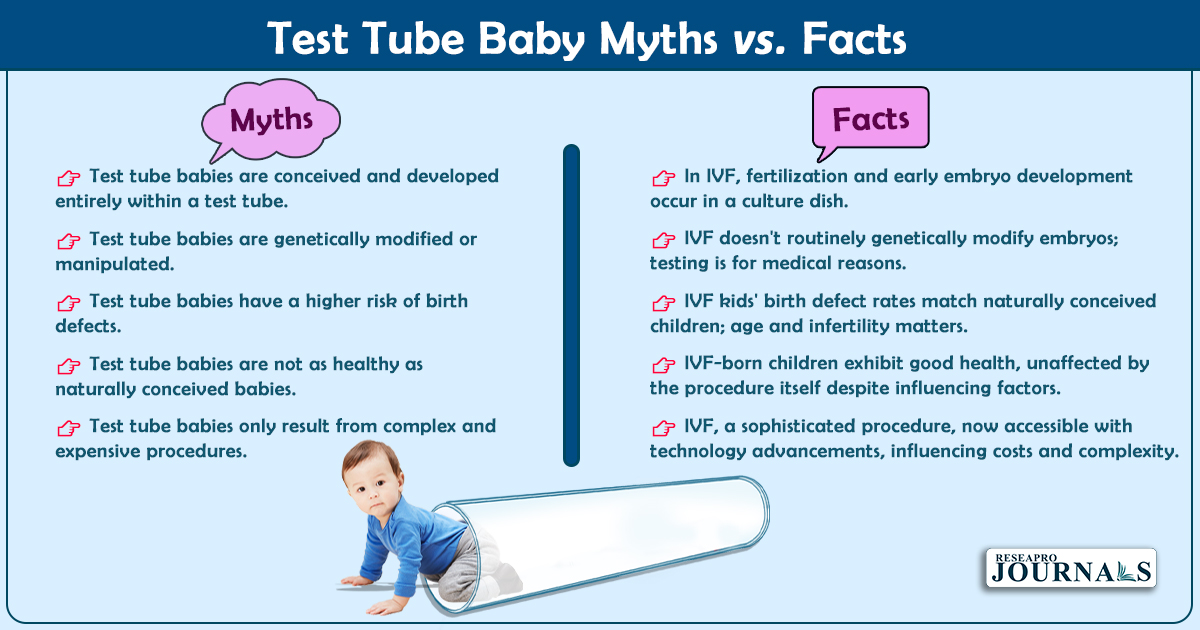|
Getting your Trinity Audio player ready...
|
The first successful instance of in vitro fertilization (IVF) leading to a live birth occurred in 1978. Developed by Robert Edwards and Patrick Steptoe, this reproductive technology marked a significant breakthrough in assisted reproductive techniques. The process involves fertilizing an egg with sperm outside the body, cultivating the resulting embryo, and subsequently implanting it into the uterus. The birth of Louise Brown, the world’s first “test tube baby,” demonstrated the feasibility of this method. Since then, IVF has become a widely used approach for overcoming fertility challenges, shaping the landscape of reproductive medicine.




